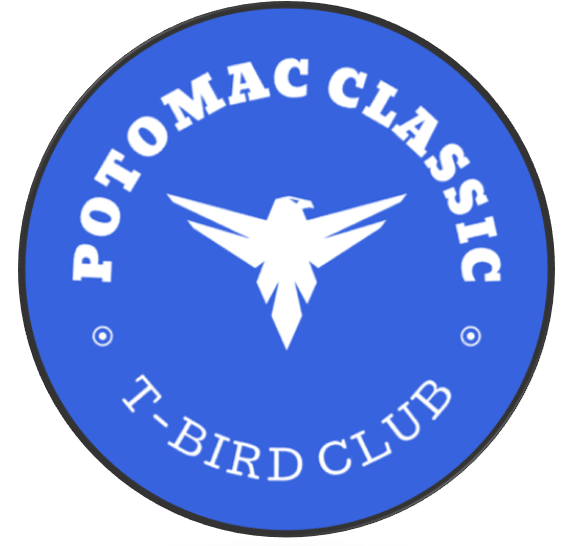
Upgrading Your 1955 Ford Thunderbird Brakes
Upgrading Your Classic Car Brakes
Classic car enthusiasts know that owning a piece of automotive history like the 1955 Ford Thunderbird is both a privilege and a responsibility. Keeping these vintage beauties in road-worthy condition requires not just regular maintenance, but also strategic upgrades. One of the most impactful improvements you can make is to the braking system. Today, we’ll dive into why upgrading the brakes on your classic ’55 T-bird is crucial, what options are available, how to install them, the costs involved, and what other owners have to say about their upgrades. Let’s rev up those engines and get your classic ready for both show and safety!
Why Upgrade Your 1955 Ford Thunderbird Brakes?
The original braking system on the 1955 Ford Thunderbird, while innovative at the time, doesn’t measure up to modern standards. The technology of drum brakes falls short in efficiency and safety compared to today’s disc brakes. Upgrading your brakes can significantly enhance stopping power, reduce stopping distance, and improve overall handling. It’s not just about performance; it’s about making your ride safer on modern roads. Upgrades ensure that your treasured vehicle remains as operational and safe today as it was captivating in its heyday.
Top Brake Upgrades for Enhanced Performance on Your ’55 T-bird
When considering brake upgrades for your 1955 Thunderbird, there are several top-performing kits to look at. Options range from complete disc brake conversion kits, which replace the outdated drum system, to more advanced hydraulic setups that offer smoother, more reliable stopping power. Brands like Wilwood and Classic Performance Products are leaders in providing high-quality, reliable brake systems that fit perfectly with your Thunderbird’s original aesthetics, without compromising its classic look. Each kit offers various advantages, including better heat dissipation, reduced brake fade, and enhanced longevity of brake components.
Step-by-Step Guide to Installing 1955 Thunderbird Brake Upgrades
Installing new brakes on a classic Ford Thunderbird can be a fulfilling DIY project or an excellent opportunity for collaboration with a professional mechanic. Here’s a broad overview: First, gather all necessary tools and the brake kit. Begin by safely lifting and supporting the car. Remove the old drum brake components—everything from the brake shoes to the drum itself. Install the new disc brake rotor, caliper, and any accompanying hardware. It’s crucial to ensure all fittings are secure and double-check the alignment. Once installed, bleed the brake system to remove any air trapped in the lines, ensuring the fluid moves efficiently through the new components.
Comparing Costs: Investing in Your Ford T-bird’s Brake Replacements
While upgrading your 1955 Thunderbird’s brakes is an investment, it’s worth every penny considering the value it adds to your car. Costs can vary widely depending on the choice of components and whether you opt for a professional installation. A full disc brake conversion kit may cost anywhere from $900 to $2500, with labor adding to the expense if you choose professional installation. However, this upgrade not only boosts your car’s safety and performance but also its market value and longevity, proving that good things come to those who invest wisely in their classics.
Real Results: Testimonials from Owners Who’ve Upgraded Their 1955 Thunderbird Brakes
Hearing from other Thunderbird owners who have made this upgrade can be incredibly reassuring. Many report dramatic improvements in driving confidence, especially under emergency braking scenarios. Others highlight the peace of mind that comes from knowing their classic is safer and more responsive. Some enthusiasts share stories of how upgrading their brakes was a decision that redefined their driving experience, bringing modern-day safety to their cherished classic.
Conclusion
Upgrading the brakes on your 1955 Ford Thunderbird is not just about enhancing the car’s performance; it’s about investing in its future and ensuring its place on the road for years to come. With the right information, tools, and parts, you can transform your classic from a nostalgic icon to a safer, more reliable machine ready to tackle modern-day driving challenges. Dive into the world of brake upgrades and give your Thunderbird the functionality it deserves without sacrificing the classic charm that made you fall in love with it in the first place. Here’s to many more miles of safe, enjoyable driving in your beautifully maintained classic Thunderbird!




